
EXHIBITION AT LAWRIE SHABIBI (18 NOV 2019 – 14 JAN 2020) Open Cube by Hamra Abbas
Jan 03, 2020 INSPO, Exhibition

The title of the exhibition refers to Sol LeWitt’s Incomplete Open Cubes (1974) in which the artist identified 122 unique variations of an incomplete cube. These ‘open cube’ structures had between one and nine limbs removed, but always with the structure remaining three-dimensionally connected. It was Abbas’s encounter with these works at MASS MoCA in 2016, which provided her with new insights into her practice, specifically concerning the treatment of the cube and explorations of colour. In the current exhibition, Abbas draws upon this intimate encounter, incorporating her understanding and experience of LeWitt’s systems into her language.
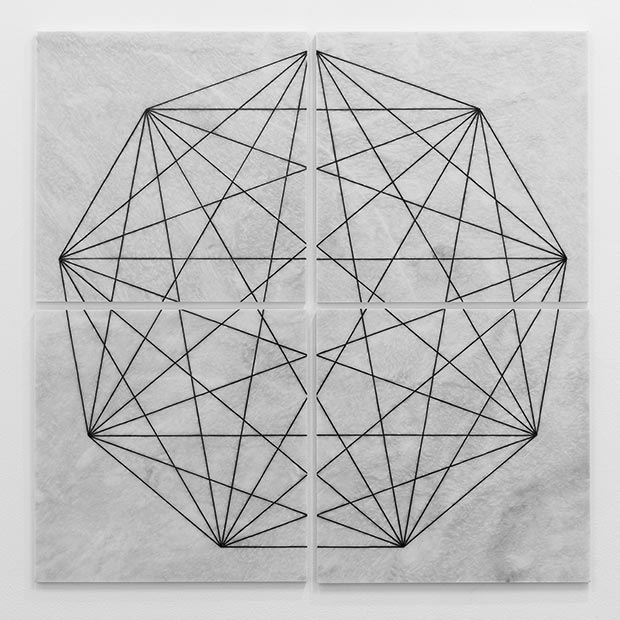 Hamra Abbas, Construction Drawing 1, 2019 Marble 121.9 x 121.9 cm 48 x 48 in / Courtesy of Lawrie Shabibi and the artist
Hamra Abbas, Construction Drawing 1, 2019 Marble 121.9 x 121.9 cm 48 x 48 in / Courtesy of Lawrie Shabibi and the artist
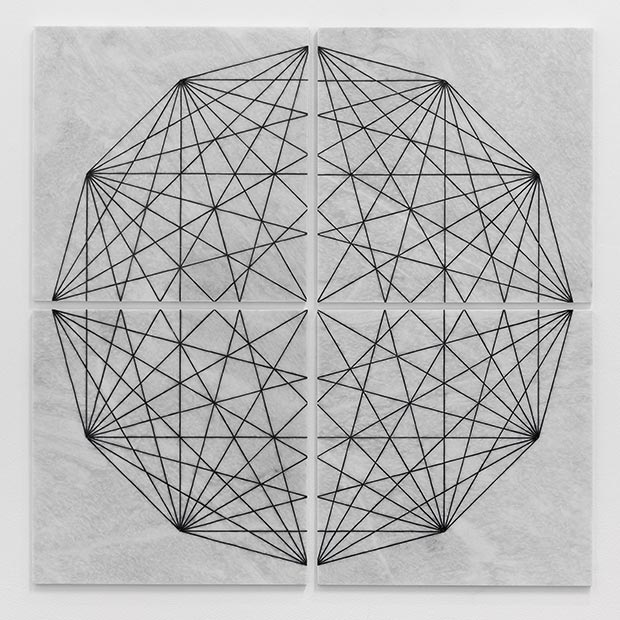 Hamra Abbas, Construction Drawing 2, 2019 Marble 121.9 x 121.9 cm 48 x 48 in / Courtesy of Lawrie Shabibi and the artist
Hamra Abbas, Construction Drawing 2, 2019 Marble 121.9 x 121.9 cm 48 x 48 in / Courtesy of Lawrie Shabibi and the artist
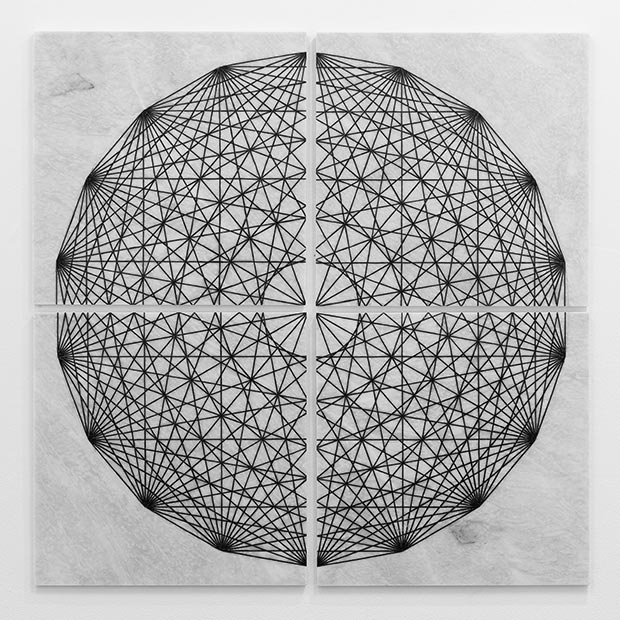 Hamra Abbas, Construction Drawing 3, 2019 Marble 121.9 x 121.9 cm 48 x 48 in / Courtesy of Lawrie Shabibi and the artist
Hamra Abbas, Construction Drawing 3, 2019 Marble 121.9 x 121.9 cm 48 x 48 in / Courtesy of Lawrie Shabibi and the artist
Colour has been central to the perceptual identity of work created by Abbas in recent years. It led to her to visit Sol LeWitt’s landmark exhibition Sol LeWitt: A Wall Drawing Retrospective at MASS MoCCA. More recently, she stumbled upon a publication entitled Sol LeWitt Incomplete Open Cubes, The John Weber Gallery 1974, which laid out the arithmetical process of ‘unpacking’ the cube to create new forms, providing her with a new contextual framework for her works. In her series Kaaba Picture as a Misprint (2014) she ‘unpacks’ the colour black to reveal hidden multiplicity (i.e. cyan, magenta, yellow). In Open Cube Abbas presents a series of three diptychs that build upon the Kaaba Picture as a Misprint series but substitute the abstract Kaaba image with a triangle, square and hexagon. These shapes are filled in solid black against a white background, recalling LeWitt’s Wall Drawing #343 (1980) and Malevich’s Black Square. The solid black shape is then rotated on its axis to reveal colour peaks of primary and secondary colours, drawing attention to its compositional presence or polysemy.
_2019.jpg) Hamra Abbas, Misprint 1 (Diptych), 2019 Archival pigment print 121.9 x 121.9 cm 48 x 48 in / Courtesy of Lawrie Shabibi and the artist
Hamra Abbas, Misprint 1 (Diptych), 2019 Archival pigment print 121.9 x 121.9 cm 48 x 48 in / Courtesy of Lawrie Shabibi and the artist
_2019.jpg) Hamra Abbas, Misprint 2 (Diptych), 2019 Archival pigment print 121.9 x 121.9 cm 48 x 48 in Edition of 5 plus 2 AP / Courtesy of Lawrie Shabibi and the artist
Hamra Abbas, Misprint 2 (Diptych), 2019 Archival pigment print 121.9 x 121.9 cm 48 x 48 in Edition of 5 plus 2 AP / Courtesy of Lawrie Shabibi and the artist
_2019.jpg) Hamra Abbas, Misprint 3 (Diptych), 2019 Archival pigment print 121.9 x 121.9 cm 48 x 48 in Edition of 5 plus 2 AP / Courtesy of Lawrie Shabibi and the artist
Hamra Abbas, Misprint 3 (Diptych), 2019 Archival pigment print 121.9 x 121.9 cm 48 x 48 in Edition of 5 plus 2 AP / Courtesy of Lawrie Shabibi and the artist
Extending from these new Misprints are three Construction Drawings, a series of marble inlay works that repeat the process of rotating triangle, square and hexagon. That creates a complex circular web of straight lines. These works are meticulously hand-crafted from two contrasting colours of stone – white marble and black granite. Unlike the Incomplete Open Cube forms which are finite, these spinning lines are expansive and boundless. They have a mystical quality, recalling the geometric drawings of Emma Kunz or ancient mandalas.
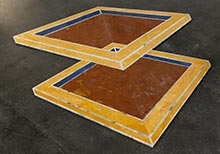 Hamra Abbas, Open Cube, 2019 Marble, Lapis lazuli 243.8 x 243.8 cm 96 x 96 in / Courtesy of Lawrie Shabibi and the artist
Hamra Abbas, Open Cube, 2019 Marble, Lapis lazuli 243.8 x 243.8 cm 96 x 96 in / Courtesy of Lawrie Shabibi and the artist
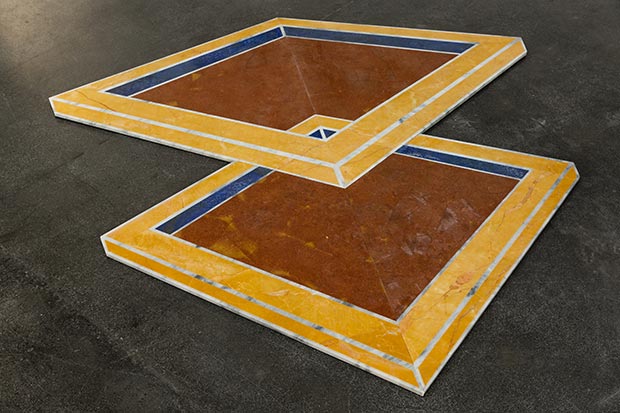 Hamra Abbas, Open Cube, 2019 Marble, Lapis lazuli 243.8 x 243.8 cm 96 x 96 in / Courtesy of Lawrie Shabibi and the artist
Hamra Abbas, Open Cube, 2019 Marble, Lapis lazuli 243.8 x 243.8 cm 96 x 96 in / Courtesy of Lawrie Shabibi and the artist
In reference to LeWitt’s Incomplete Open Cube, Abbas’s series of nine marble ‘drawings’ is entitled Open Cube: After LeWitt (2019) each of which appropriates one of the Incomplete Open Cube drawings. In contrast to LeWitt’s line drawings, the broken forms are filled in with jet black marble which adds more density to the shapes and reinstates her fascination with the colour black.
Finally, Open Cube (2019) a floor sculpture, is the largest work in the exhibition. Floor sculptures and installations, in differing materials and formats, have long been a feature of Abbas’s practice, inviting a different sort of interaction with the viewer. Her first was Please Do Not Step (2004), exhibited at Kunsthalle Fridericianum, Kassel, with various iterations at other institutions, including the Victoria and Albert Museum, London, for the Jameel Art Prize 2009. Initially, these installations were always made out of paper, ephemeral and intended to be fleeting, much like her sense of temporariness, whilst living away from her hometown Lahore from 2002 to 2015, first in Berlin and then Boston. It was not until she established a permanent studio in Lahore in 2015 that the floor installations took on a more permanent, sculptural presence, moving from the most lightweight material to the heaviest. In Open Cube (2019), the image of two squares appear to float on top of each other creating an optical illusion. Unlike the other monochromatic marble pieces in the exhibition, the inlay used here is colourful (blue Afghani Lapis Lazuli, red Pakistani Indus Gold, and the yellow Italian Giallo Siena). Although Open Cube (2019) draws its inspiration from the Incomplete Open Cube drawings, the squares do not connect, thus defying the guidelines of LeWitt’s drawings.
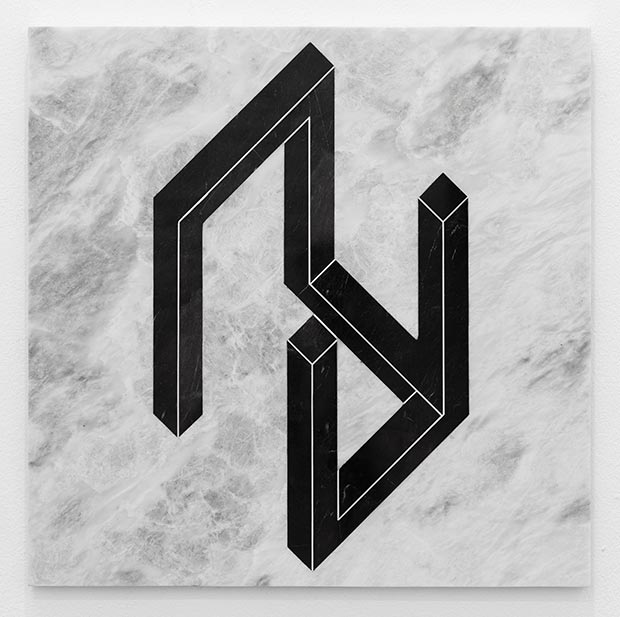 Hamra Abbas, Open Cube, After LeWitt 1, 2019 Marble 61 x 61 cm 24 x 24 in / Courtesy of Lawrie Shabibi and the artist
Hamra Abbas, Open Cube, After LeWitt 1, 2019 Marble 61 x 61 cm 24 x 24 in / Courtesy of Lawrie Shabibi and the artist
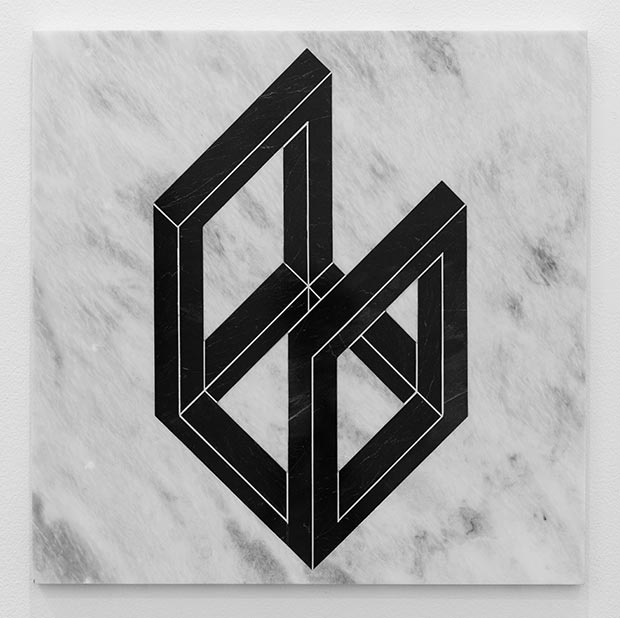 Hamra Abbas, Open Cube, After LeWitt 2, 2019 Marble 61 x 61 cm 24 x 24 in / Courtesy of Lawrie Shabibi and the artist
Hamra Abbas, Open Cube, After LeWitt 2, 2019 Marble 61 x 61 cm 24 x 24 in / Courtesy of Lawrie Shabibi and the artist
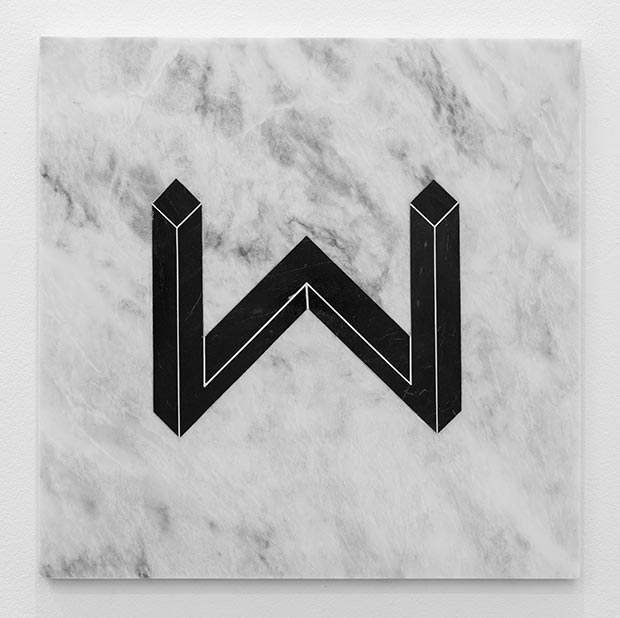 Hamra Abbas, Open Cube, After LeWitt 3, 2019 Marble 61 x 61 cm 24 x 24 in / Courtesy of Lawrie Shabibi and the artist
Hamra Abbas, Open Cube, After LeWitt 3, 2019 Marble 61 x 61 cm 24 x 24 in / Courtesy of Lawrie Shabibi and the artist
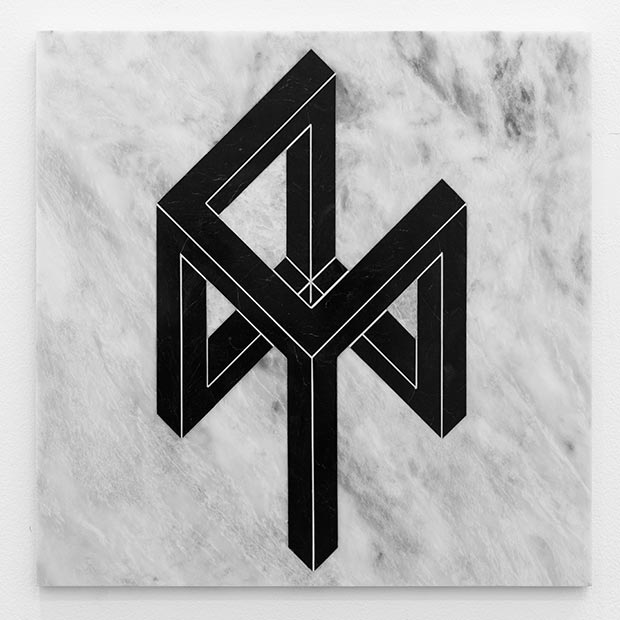 Hamra Abbas, Open Cube, After LeWitt 4, 2019 Marble 61 x 61 cm 24 x 24 in / Courtesy of Lawrie Shabibi and the artist
Hamra Abbas, Open Cube, After LeWitt 4, 2019 Marble 61 x 61 cm 24 x 24 in / Courtesy of Lawrie Shabibi and the artist
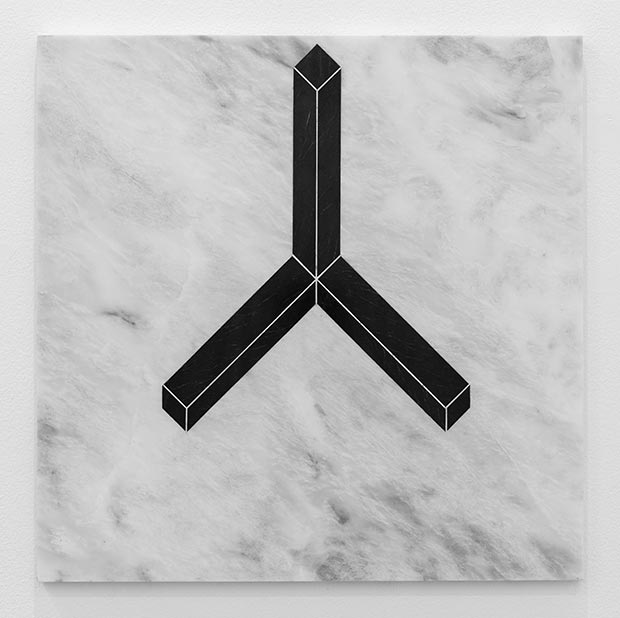 Hamra Abbas, Open Cube, After LeWitt 5, 2019 Marble 61 x 61 cm 24 x 24 in / Courtesy of Lawrie Shabibi and the artist
Hamra Abbas, Open Cube, After LeWitt 5, 2019 Marble 61 x 61 cm 24 x 24 in / Courtesy of Lawrie Shabibi and the artist
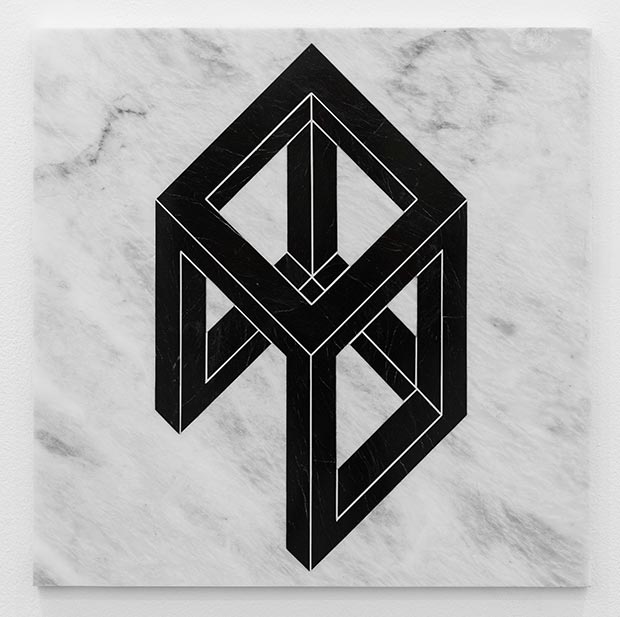 Hamra Abbas, Open Cube, After LeWitt 6, 2019 Marble 61 x 61 cm 24 x 24 in / Courtesy of Lawrie Shabibi and the artist
Hamra Abbas, Open Cube, After LeWitt 6, 2019 Marble 61 x 61 cm 24 x 24 in / Courtesy of Lawrie Shabibi and the artist
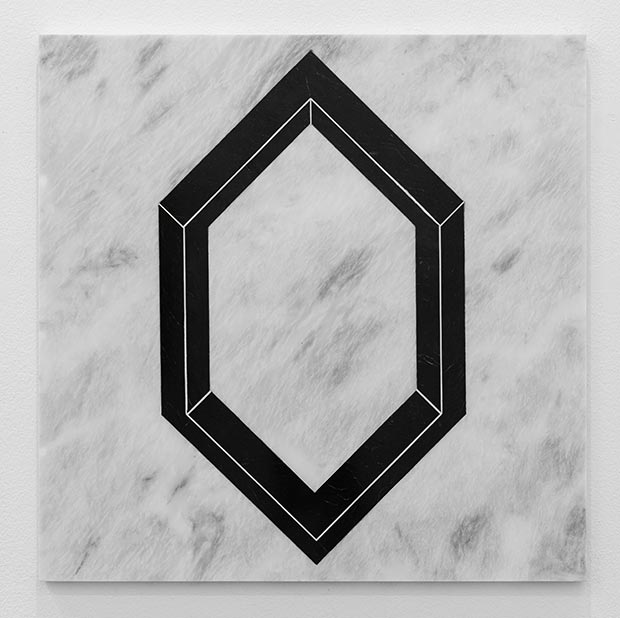 Hamra Abbas, Open Cube, After LeWitt 7, 2019 Marble 61 x 61 cm 24 x 24 in / Courtesy of Lawrie Shabibi and the artist
Hamra Abbas, Open Cube, After LeWitt 7, 2019 Marble 61 x 61 cm 24 x 24 in / Courtesy of Lawrie Shabibi and the artist
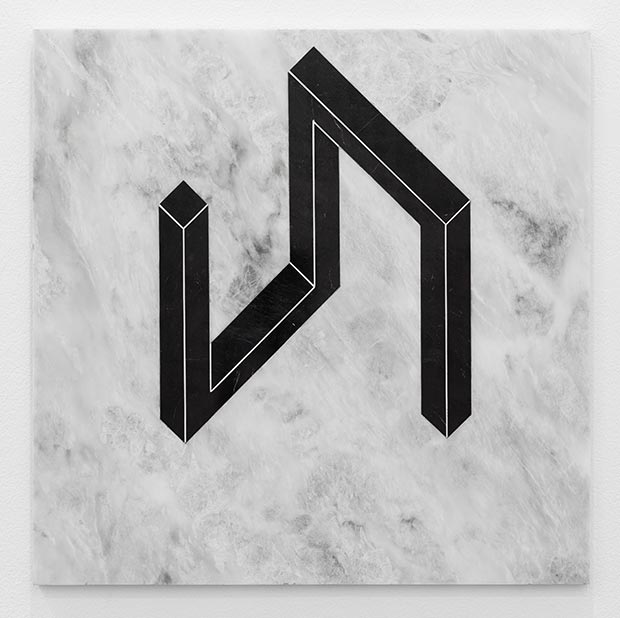 Hamra Abbas, Open Cube, After LeWitt 8, 2019 Marble 61 x 61 cm 24 x 24 in / Courtesy of Lawrie Shabibi and the artist
Hamra Abbas, Open Cube, After LeWitt 8, 2019 Marble 61 x 61 cm 24 x 24 in / Courtesy of Lawrie Shabibi and the artist
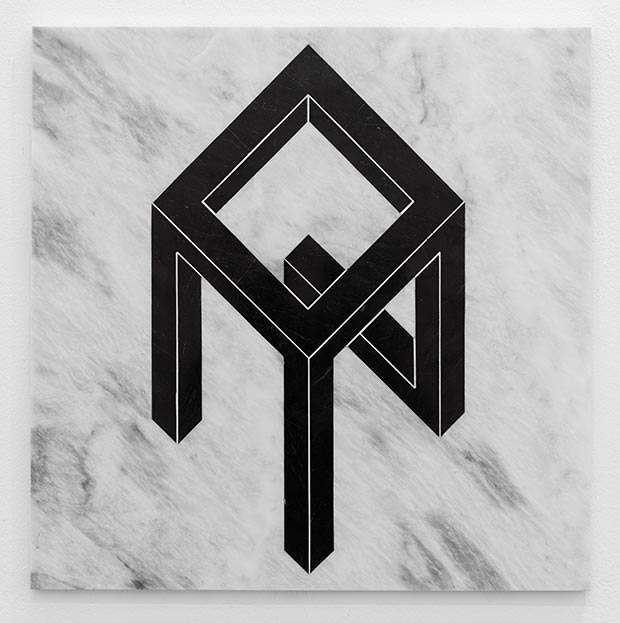 Hamra Abbas, Open Cube, After LeWitt 9, 2019 Marble 61 x 61 cm 24 x 24 in / Courtesy of Lawrie Shabibi and the artist
Hamra Abbas, Open Cube, After LeWitt 9, 2019 Marble 61 x 61 cm 24 x 24 in / Courtesy of Lawrie Shabibi and the artist
Hamra Abbas was born in Kuwait in 1976. She received her BFA and MA in Visual Arts from the National College of Arts, Lahore in 1999 and 2002 respectively before going on to the Universitaet der Kuenste in Berlin where she did the Meisterschueler in 2004. Abbas' artistic practice draws from a myriad of sources and takes a diversity of forms. Her works originate from encounters and experiences - an image, icon or gesture - that are manipulated by the artist transforming its scale, function or medium. She intends to deconstruct the act of seeing by recreating images that form part of collective memory. Unrestrained by subject matter or media, she takes an investigative approach to produce a diverse and holistic body of work addressing notions of cultural history, violence, ornamentation, devotion, and faith.
Recent solo exhibitions include Gardens in Which Rivers Flow: Plastic Flowers and Everyday Miracles, Art Dubai with Canvas Gallery, Dubai, UAE, 2019; Colour, Canvas gallery, Karachi, Pakistan, 2017; Bodies, Lawrie Shabibi, Dubai, UAE, 2016; But Can You Show this in Pakistan? PILOT, Istanbul, Turkey, 2015; and Kaaba Picture as a Misprint, Lawrie Shabibi, Dubai, UAE, 2014. Her work has been exhibited as part of major group shows including Gateway: Fragments, Yesterday and Today, Abu Dhabi Art Fair, Abu Dhabi, UAE, 2019; Second Karachi Biennale, Bagh Ibn Qasim, Karachi, Pakistan, 2019; She Persists, Palazzo Benzon, Venice, Italy, 2019; Art Dubai Contemporary, with Lawrie Shabibi, UAE, 2018; Lahore Biennale, Pakistan, 2018; Global Control and Censorship, Galeria Arsenal, Białystok, Poland, 2017; Karachi Biennale, Karachi, Pakistan, 2017; Sanctuary, FOR- SITE Foundation, San Francisco, USA, 2017-2018; Insights, Art Basel Hong Kong, with Lawrie Shabibi, 2017; The Making of an Institution, NTU CCA, Singapore, 2017; Text Edit, Manhattan Bridge Anchorage, Brooklyn, New York, USA, 2016; Accademia di Brera, Milan, Italy, 2016; And Nothing but the Truth: Parrhesia II, KOEL Gallery, Karachi, Pakistan, 2015; and, Art Dubai Contemporary, Lawrie Shabibi, Dubai, UAE, 2015, amongst others.
She is the recipient of the Jury prize at Sharjah Biennial 9, the Abraaj Capital Art Prize in 2011 and was shortlisted for the Jameel Prize in 2009.
Her work is part of significant collections, including the British Museum, London, UK; Nelson-Atkins Museum of Art, Kansas, USA; 21 C Museum, Louisville, Kentucky, USA; Pacific Asia Museum Pasadena, USA; USA Art In Embassies Collection, USA; Burger Collection, Hong Kong; Koç Foundation, Istanbul, Turkey; Borusan Foundation, Istanbul, Turkey; Kadist Collection, Paris, France; Vanhaerents Art Collection, Brussels, Belgium; Devi Art Foundation, Guragon, India; Kiran Nader Museum of Art, New Delhi, India; King Abdulaziz Center for World Culture (Ithra), Saudi Arabia; and, Cleveland Clinic Abu Dhabi, UAE.
Abbas currently lives and works between Lahore and Boston.
Lawrie Shabibi is a contemporary art gallery housed in Dubai's Alserkal Avenue. The gallery supports the long-term development of the careers of young international contemporary artists, with a focus on those from the Middle East and North Africa, and more recently diasporic artists within the UK. From its inception, the gallery has also organized art historical exhibitions, working with an older generation of artists from the Middle East and North Africa region. By holding a regular programme of exhibitions, screenings, and talks, publishing catalogues and participating in international art fairs, Lawrie Shabibi has in the space of eight years been a forerunner in the development of the contemporary art scene in Dubai. As of 2020, Lawrie Shabibi will have a UK outpost at Cromwell Place in London.
Comments
Add a comment